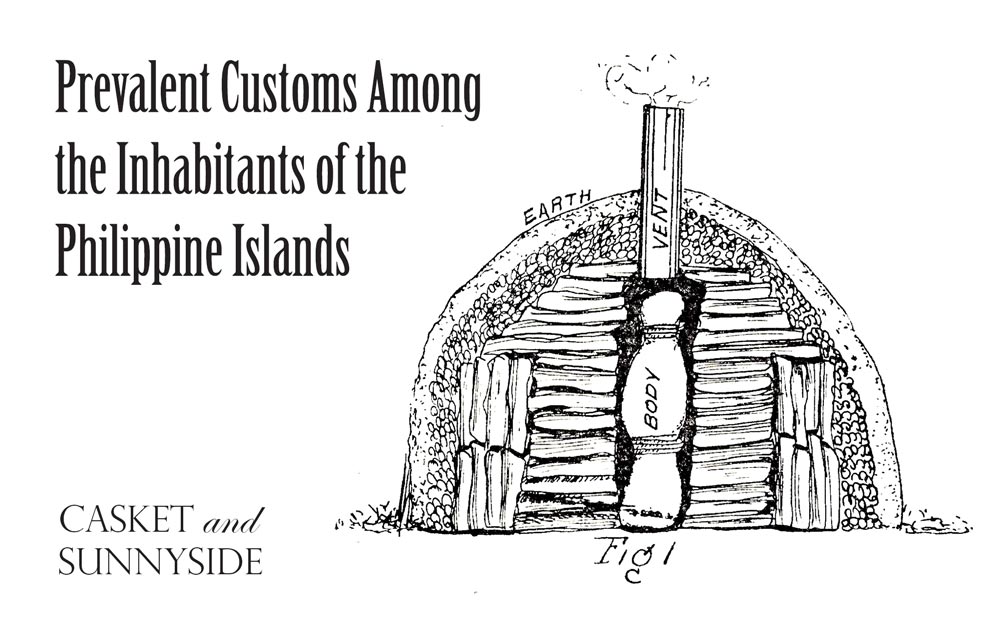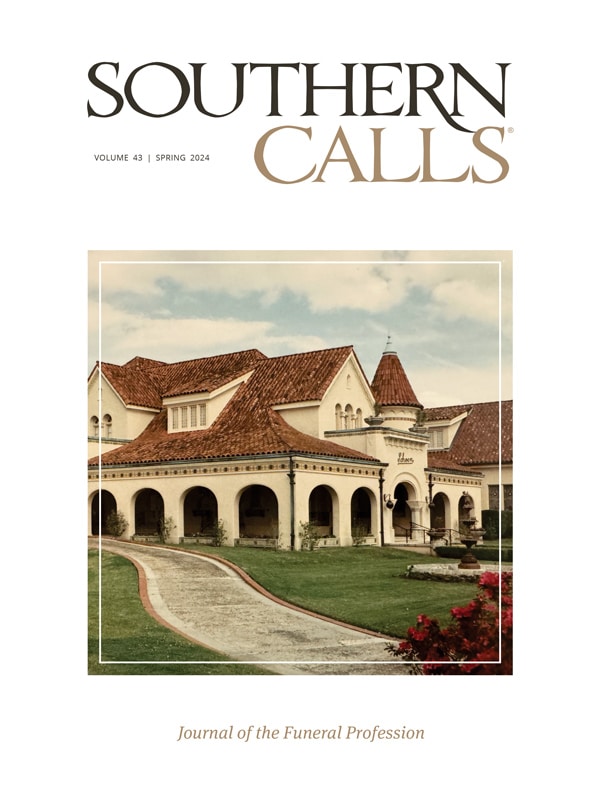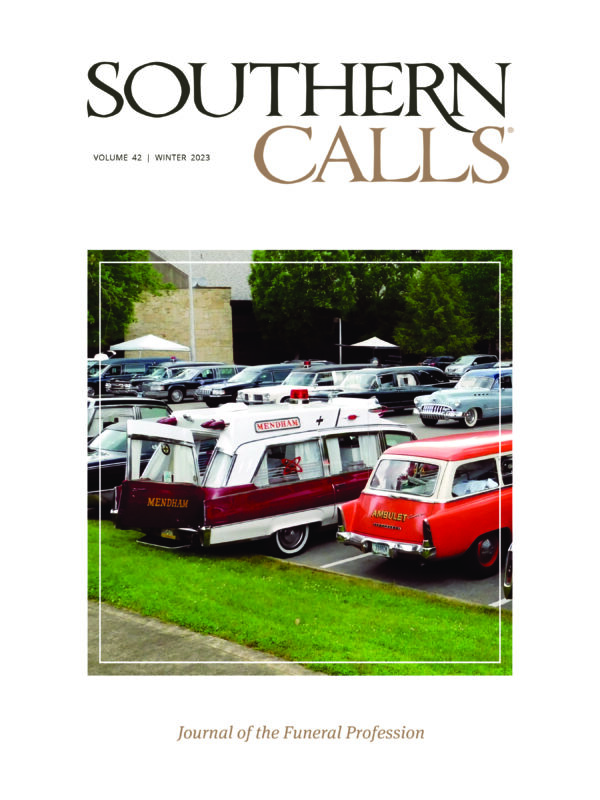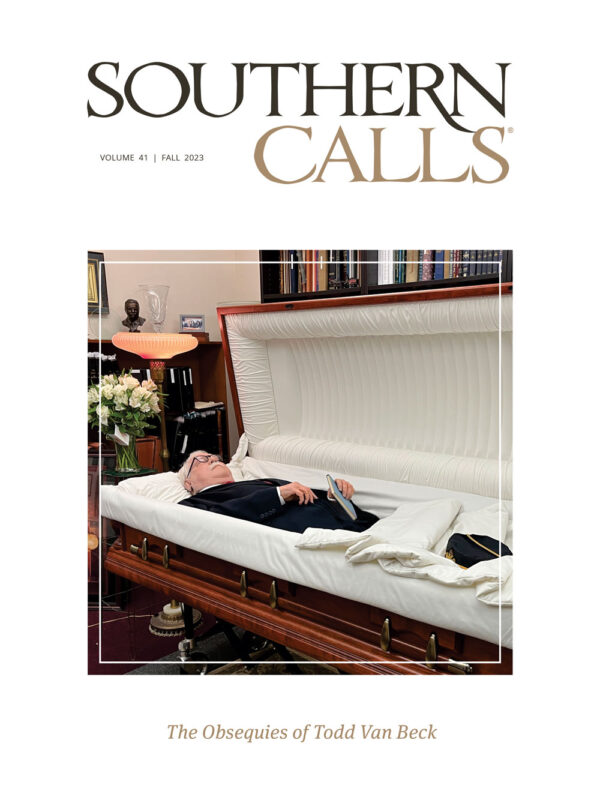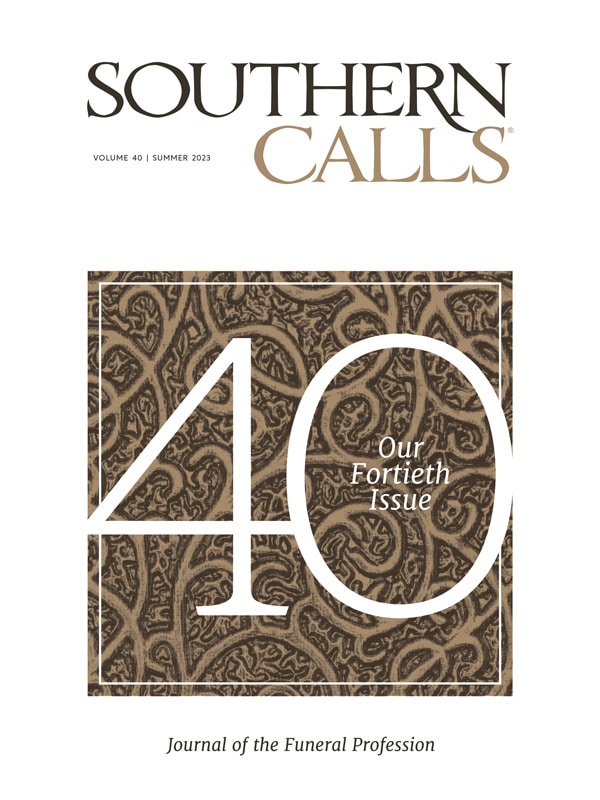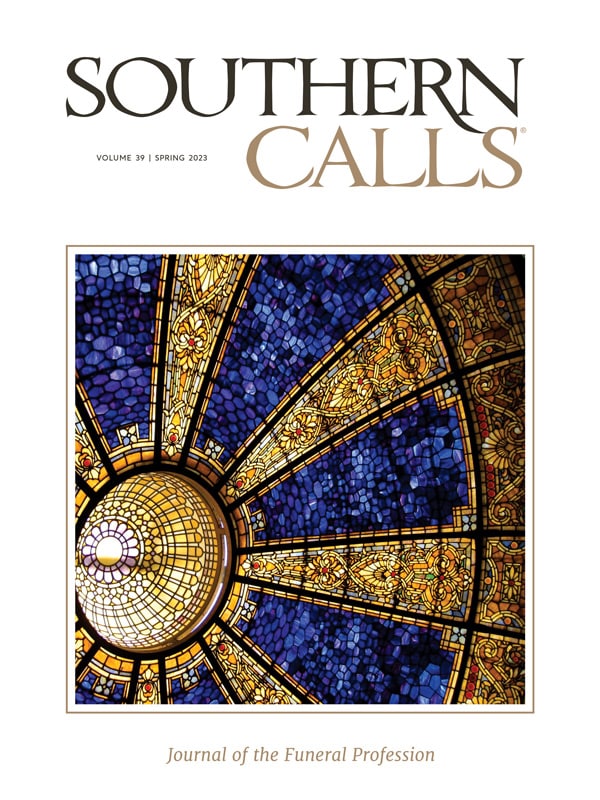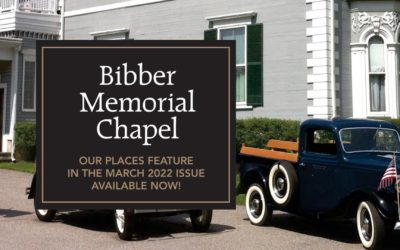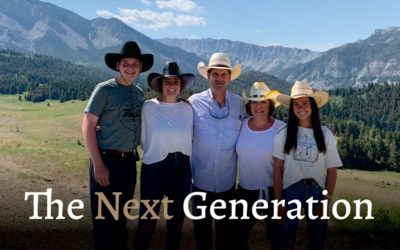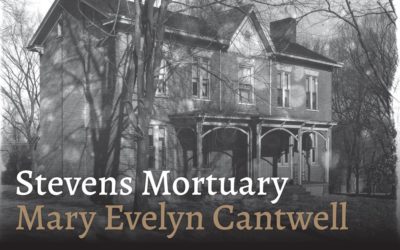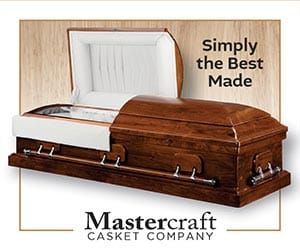Casket and Sunnyside – December, 1906
There are in Manila and vicinity some first class crematories erected on American designs and controlled by Americans. These crematories are utilized to burn the bodies of dead horses, dogs and other animals. The natives employed to do the work are paid by the day. But in the remote sections of the islands, among the tribes of the hills, where the American authorities have not as yet assumed control, one may find a queer system of burning the bodies. For illustration, in one mountain hamlet, the natives had put up a mound of earth of the nature shown in the sectional view in figure I. The first process involves the preparing of the body for burning. The body is dressed in its best clothes and jewels are placed upon the fingers and toes, for it is assumed that these trinkets will be needed by the departed in the new country to which the spirit goes. In fact, the gems are collected by the native workmen, who eagerly sift the ashes of the dead for this purpose as soon as the friends depart for home. After the body is properly prepared with palm leaves and ultimately bound up in fabric with cords as shown, the body is either placed upon a bier of wood or is adjusted in an upright position, as shown in the drawing. Then before the ceremonies begin and the relatives arrive on the scene the pieces of cordwood are arranged as shown. These pieces are often mahogany. There is plenty of hardwood in the islands and the hardwoods are selected in preference to the soft woods. Then a vent is arranged above, as shown consisting of a stone or sheet-metal pipe or hollow log of wood.
Next the small stones are placed about the mound of wood and mud is used to cement the stones in place. Then the entire mound is covered with earth. The fire is ignited in the wood and the wood slowly burns and forms charcoal. There is no blaze. The charred mass may be raked through the next day and not traces of the body discovered.
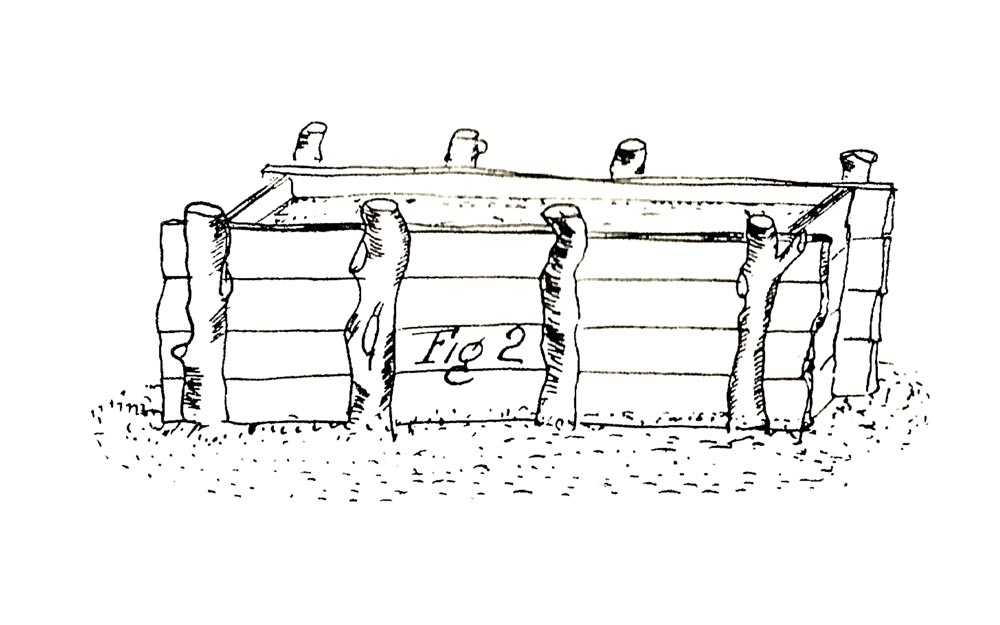
Or the simple mode of cremating the dead body may be employed as illustrated in figure 2. In this diagram we show the character of the bed of combustible material which is arranged in the wood case for the receiving of the body for cremation. The series of posts are put up by standing them on the earth in the order shown and these posts act as braces for the boards which are adjusted between. Then when the end boards are put in, the interior is filled with leaves, and sometimes with fats and greases, so that an intense heat may be generated. The oils of fish and coconut oils are used in this way. The torch is applied and the combination in which the body is submerged burns freely, reducing the body to ashes.
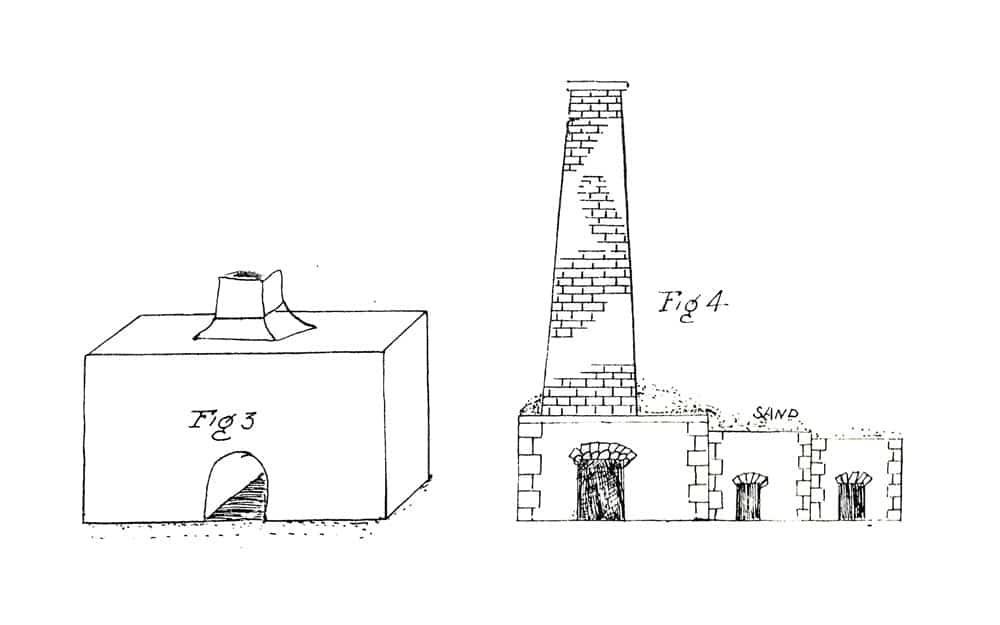
In figure 3 is one of the strange forms of cemented individual crematories erected by a rich native for the reducing of his own body to ashes when death comes. The native plans the little stone and mortar mound himself, as a rule. Then he devotes leisure hours to getting the thing up and completed. The affair is in reality a tomb, only that it is arranged with a stack on top so that a fire can be made inside to burn the body.
Figure 4 is a drawing of one of the common forms of crematories built under the direction of the American officers in the islands. A tall chimney is usually put up with brick or native stones and furnaces are constructed in series, with similar material, while the roofing is coated with the heat retaining sands of the beaches. These crematories are intended primarily for the burning of animals and garbage. In recent years, however, bodies have been burned in them, especially if the person died of some contagious disease.
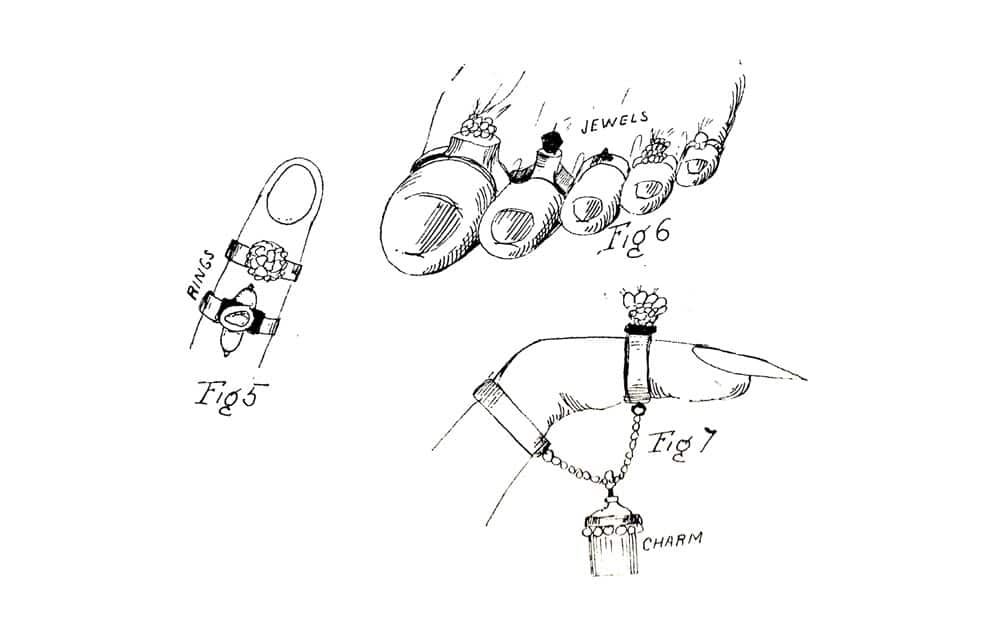
Figures 5, 6 and 7 will give the reader an idea of the finger and toe decorations of the natives and the Chinese of the islands. As before related in this article, the natives, the Chinese and the Hindoos of the country have an idea that the departed friend needs his personal properties with him when he is consumed in the crematory or buried in the earth. Hence foods and clothes often accompany the body, while on the fingers and toes there are sparkling gems to tempt the native firemen connected with the burning. The friends usually remain while the body is burned. Some ashes may be sent to the friends the next day, and again they may not. Meanwhile, cases have come to light in which there workmen of the crematories of the provinces have raked and sifted the ashes of the departed for the purpose of securing any article of jewelry that might be in existence after the effects of the intense heat. The ordinary Filipino wears but a few decorations in life and if he dies, his relatives are not likely to take the chances of losses by adorning the body for burial. But there are many rich native Filipino families in the island, and some of these families believe most sincerely in adorning the fingers and toes of the dearly beloved dead with ornaments. The hardhearted employees of the crematory of the hills and the jungle can see only the practical side of the proposition and they watch the chance to get at the ashes of the departed to secure the remnants of the scorched jewels.
A Traveler.
Subscribe today, or order any of our highly collectible issues online in our Shop
***
Check back every Friday for another nugget of funereal miscellany!
